Atlas 5 is Lockheed Martin’s Evolved Expendable Launch Vehicle (EELV) design for the U.S. Air Force. The rocket, available in several variants, is built around a LOX/RP-1 Common Core Booster (CCB) first stage and a LOX/LH2 Centaur second stage powered by one or two RL10 engines. Up to five solid rocket boosters (SRBs) can augment first stage thrust.
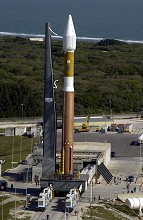
A three-digit designator identifies Atlas V configurations. The first digit signifies the vehicle’s payload fairing diameter in meters. The second digit tells the number of SRBs. The third digit provides the number of Centaur second stage RL10 engines (1 or 2).
The Atlas V 400 series, with a 4 meter payload fairing and up to three SRBs, can boost up to 5.9 metric tons to geosynchronous transfer orbit (GTO) or 12.5 tons to low earth orbit (LEO) from Cape Canaveral. Atlas V 500, with a 5 meter diameter payload fairing and up to five SRBs, can put up to 6.7 tons in GTO or 20.5 tons into LEO. A 2.5 stage, Atlas 5 Heavy that uses three parallel burn CCBs, has been designed but not developed.
CCB replaces heritage Atlas stainless steel balloon tanks with aluminum isogrid tanks. A single dual thrust chamber RD-180 engine, made by Russia’s NPO Energomash, powers the stage. RD-180 was derived from four-chamber RD-170, an engine initially developed for the Soviet’s Energia strap on boosters and now used by Zenit launch vehicles. The throttable engine uses a staged combustion cycle, with low pressure turbopumps feeding propellant to a high pressure turbopump. Propellant pressure is further increased through use of a preburner.
Also read: Atlas III – Space Launch Report
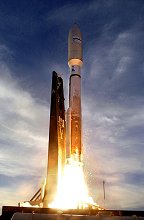
At liftoff, CCB thrust can be augmented by up to five Aerojet solid rocket motors (SRBs). At 1.55 x 17.7 meters, the motors are currently the world’s largest single-segment solid.
For Atlas V, Centaur, the world’s first liquid hydrogen/oxygen upper stage, was stretched and upgraded. The stage still uses stainless steel balloon tanks, with the lower LOX and upper LH2 tanks separated by a common elliptical bulkhead. Centaur is powered by one or two restartable Pratt & Whitney RL10A-4-2 engines with extendable nozzles. Dual engine Centaurs will usually be reserved for heavy-payload LEO missions with heavy payloads.
Thin-skinned Centaur cannot support the heavier 500-series payloads, so a Contraves 5-meter diameter composite fairing is used to transfer payload weight to CCB by enclosing Centaur. This approach was originally used for Titan 3E and Titan 4. The fairing was derived from Ariane 5 designs.
Atlas 5 launches from Cape Canaveral Space Launch Complex (SLC) 41, a rebuilt Titan 4 pad. At the Cape, Atlas V is assembled in a new 85.4 meter tall Vertical Integration Facility (VIF) and transported 550 meters on a mobile launch platform to the pad no more than 24 hours before liftoff.
On March 13, 2006, AV-006 performed the first West Coast Atlas 5 launch from a rebuilt pad at Vandenberg AFB SLC 3 East. The Vandenberg pad uses a conventional mobile service tower, rather than a “clean pad”.
A complete list of Atlas 5 and Delta 4 launches is provided on the EELV Launch Log page.
Vehicle Configurations
| LEO Payload (metric tons) (185 km x 28.5 deg)# | GTO Payload 1500 m/s to GEO* (metric tons)## | GTO Payload 1800 m/s to GEO (metric tons)## | Configuration | LIftoff Height (meters) | Liftoff Mass (metric tons) | |
| Atlas V 401/402 | 12.5 t | 3.765 t | 4.95 t | CCB + SEC/DEC + EPF | 58.3 m | 333.32 t |
| Atlas V 411 | 4.535 t | 6.075 t | CCB + SRB + SEC + EPF | 58.3 m | 374.12 t | |
| Atlas V 421 | 5.255 t | 7.00 t | CCB + 2SRB +SEC + EPF | 58.3 m | 414.92 t | |
| Atlas V 431 | 5.885 t | 7.80 t | CCB + 3SRB +SEC + EPF | 58.3 m | 461.18 t | |
| Atlas V 501/502 | 10.3 t | 3.00 t | 3.97 t | CCB + SEC/DEC + 5mSPLF | 62.2 m | 337.29 t |
| Atlas V 521/522 | 15.08 t | 4.93 t | 6.485 t | CCB + SEC/DEC + 2SRB + 5mSPLF | 62.2 m | 429.81 t |
| Atlas V 531/532 | 17.25 t | 5.645 t | 7.425 t | CCB + SEC/DEC + 3SRB + 5mSPLF | 62.2 m | 476.07 t |
| Atlas V 541/542 | 18.96 t | 6.28 t | 8.24 t | CCB + SEC/DEC + 4SRB + 5mSPLF | 62.2 m | 522.33 t |
| Atlas V 551/552 | 20.52 t | 6.695 t | 8.67 t | CCB + SEC/DEC + 5SRB + 5mSPLF | 62.2 m | 568.59 t |
Vehicle Components
| SRBs (Aerojet) | Common Core Booster (CCB) (Lockheed Martin) | Centaur (Lockheed Martin) Single (SEC) or Dual (DEC) Engine | 400 Interstage | 500 Interstage | |
| Diameter (m) | 1.55 m | 3.81 m | 3.05 m | 3.85/3.05 m | 3.83 m |
| Length (m) | 17.7 m | 32.46 m | 12.68 m | 4.78 m | 4.31 m |
| Propellant Mass (tons) | 42.63 t | 284.09 t | 20.8 t | ||
| Total Mass (tons) | 46.26 t | 304.83 t | 22.83 t | 0.8 t | 1.57 t |
| Engine | RD-180 | RL-10A-4-2 | |||
| Fuel | HTPB | RP-1 | LH2 | ||
| Oxidizer | LOX | LOX | |||
| Thrust (avg vac tons) | 126.98 t | 428.39 t | 10.12 t | ||
| ISP (vac sec) | 275 | 337.8 s | 450.5 s | ||
| Burn Time (sec) | 90 s | 240 s | 926 s (SEC) 463 s (DEC) | ||
| No. Engines | 1 | 1 | 1 or 2 |
Vehicle Components, Cont’d
| 400 Large Fairing | 400 Extended Fairing | 5 m Short Fairing | 5 m Long Fairing | ||
| Diameter (meters) | 4.2 m | 4.2 m | 5.4 m | 5.4 m | |
| Length (meters) | 12.2 m | 13.1 m | 20.7 m | 23.4 m | |
| Mass (tons) | 2.09 t | 2.26 t | 4.09 t | 4.65 t |



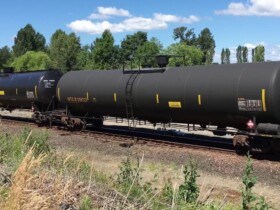



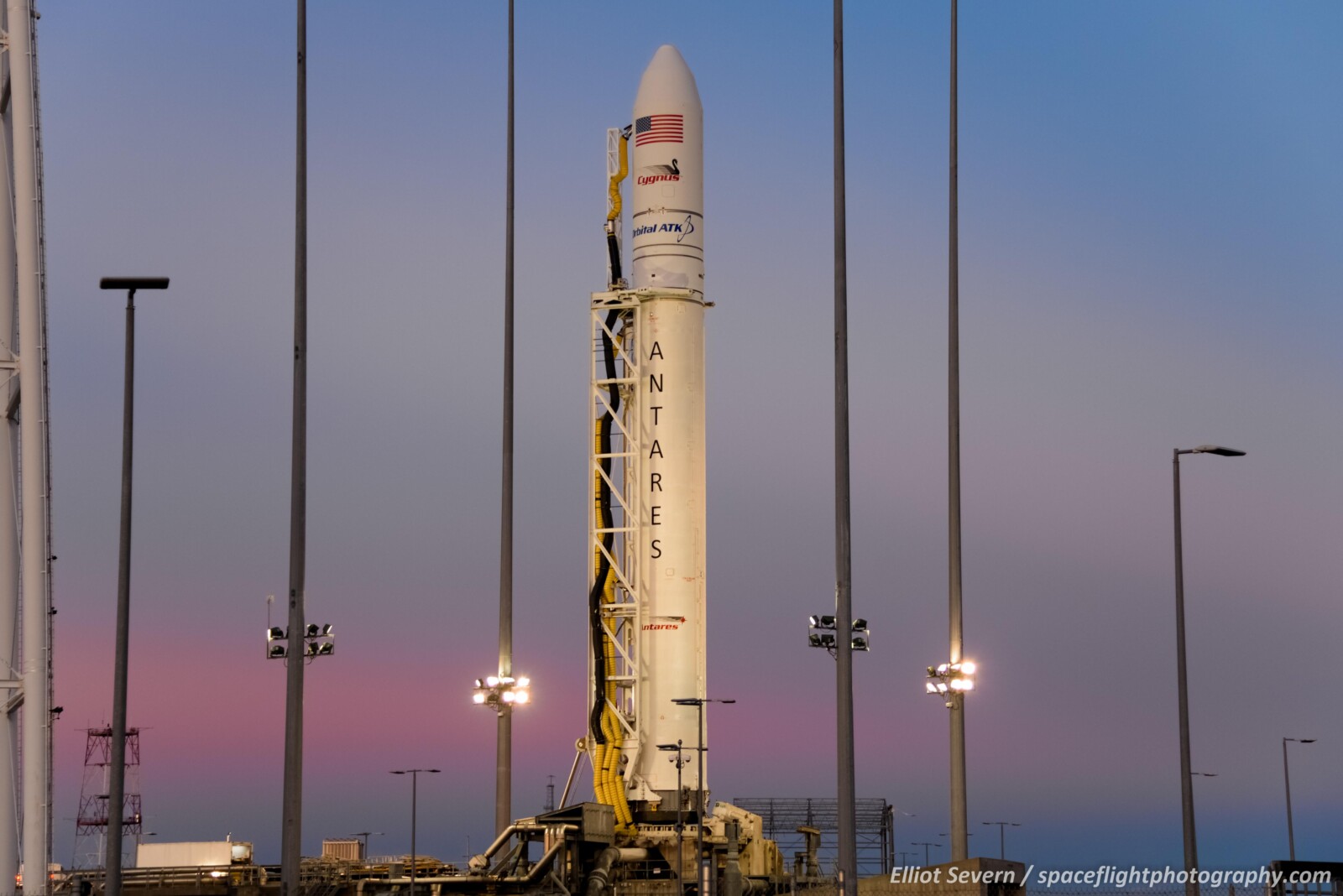






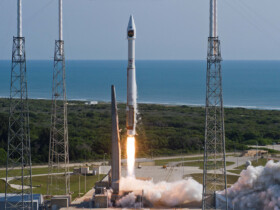
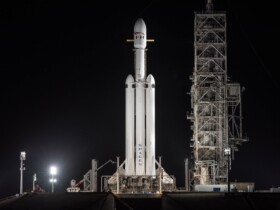
Got a Questions?
Find us on Socials or Contact us and we’ll get back to you as soon as possible.